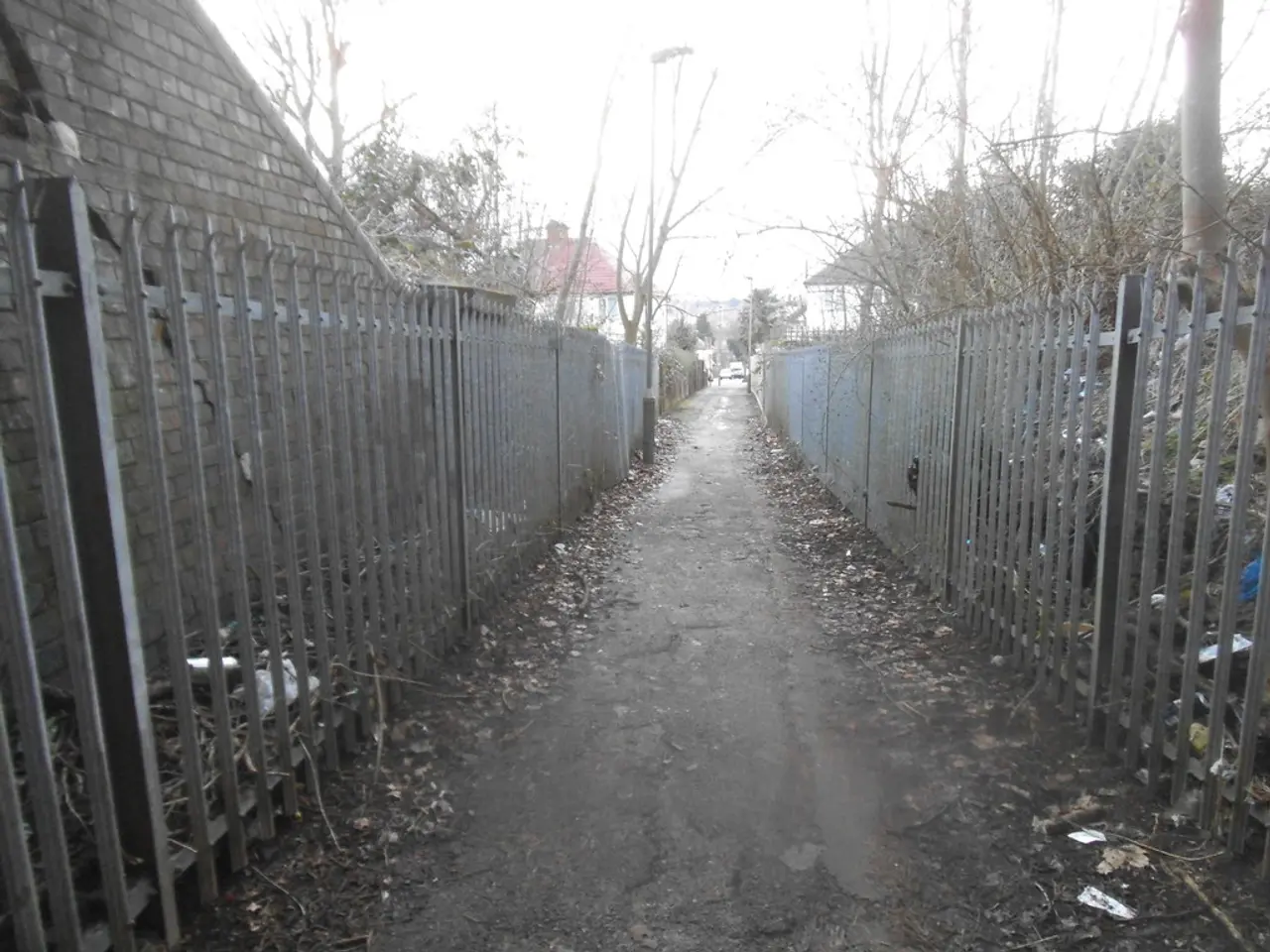Infrastructure safeguarding in South Africa is significantly bolstered by zinc.
In South Africa, steel is the backbone of the national infrastructure, but its longevity and safety are under threat from corrosion. This issue is particularly severe in coastal cities and towns, where the relentless marine environment takes a toll on critical assets. However, a solution lies in the form of hot-dip galvanizing, a process that has proven to be fundamental to resilient and sustainable infrastructure.
Hot-dip galvanizing is the most widely used process for applying zinc coating to steel. This process forms a metallurgical bond, creating multiple alloy layers that make the result harder than the base steel. Zinc acts as a sacrificial anode, corroding in preference to the steel substrate, providing a physical barrier between steel and corrosive environments.
Galvanized coatings offer self-sacrificing galvanic protection for power pylons, preventing failures that could trigger widespread power outages. In the realm of railways, hot-dip galvanized coatings on fasteners, signalling poles, overhead line structures, and bridge elements ensure these critical assets withstand the harsh marine environment. Galvanized rebar is critical for infrastructure in marine and chloride-rich environments, as it delays the onset of corrosion and extends the service life of bridges, parking garages, and marine structures.
For South Africa's coastal cities and towns, the adoption of hot-dip galvanized steel and galvanized rebar is essential to building infrastructure that endures for generations. Hot-dip galvanizing minimizes the need for repainting or maintenance and offers substantial whole-life cost savings.
Companies in South Africa offering hot-dip galvanizing services to reduce iron corrosion susceptibility include SafGalv, Cape Gate, and Galvatech, among others. The International Zinc Association (IZA) Africa's Director, Simon Norton, states that zinc is the most effective and reliable solution for steel corrosion.
However, it's not just the exterior structures that face corrosion challenges. Exposed steel in buildings, pedestrian bridges, and transport hubs faces significant corrosion threats, compromising entire structures without adequate protection. Chloride ions, which are abundant in sea spray, accelerate rusting of steel tracks, fasteners, signalling equipment, and bridges in South Africa's coastal areas.
In conclusion, hot-dip galvanizing plays a crucial role in ensuring the safety and reliability of South Africa's infrastructure. By extending the service life of steel, it contributes to resilient and sustainable infrastructure systems, ultimately improving safety and ensuring reliability across critical infrastructure systems.
Read also:
- Understanding Hemorrhagic Gastroenteritis: Key Facts
- Stopping Osteoporosis Treatment: Timeline Considerations
- Tobacco industry's suggested changes on a legislative modification are disregarded by health journalists
- Expanded Community Health Involvement by CK Birla Hospitals, Jaipur, Maintained Through Consistent Outreach Programs Across Rajasthan








